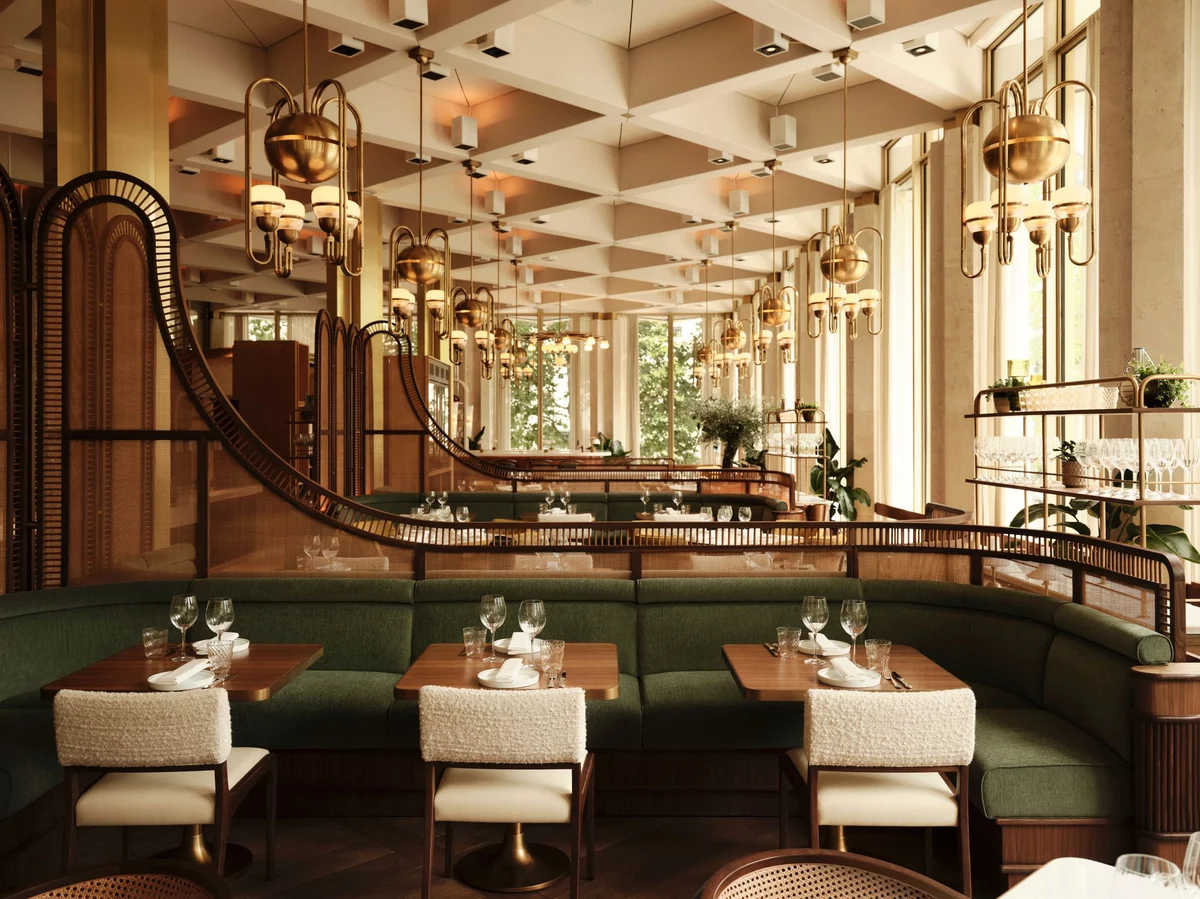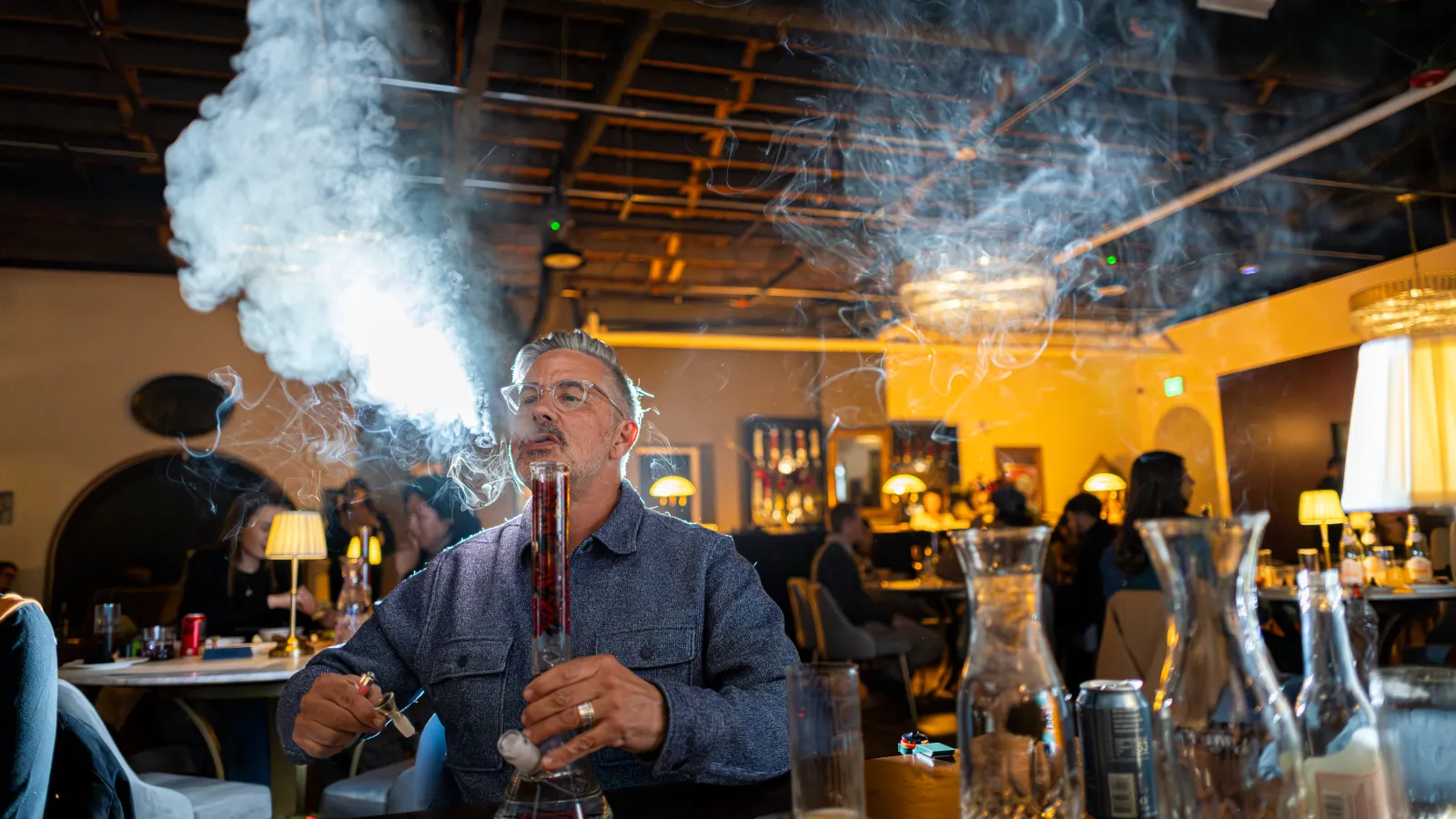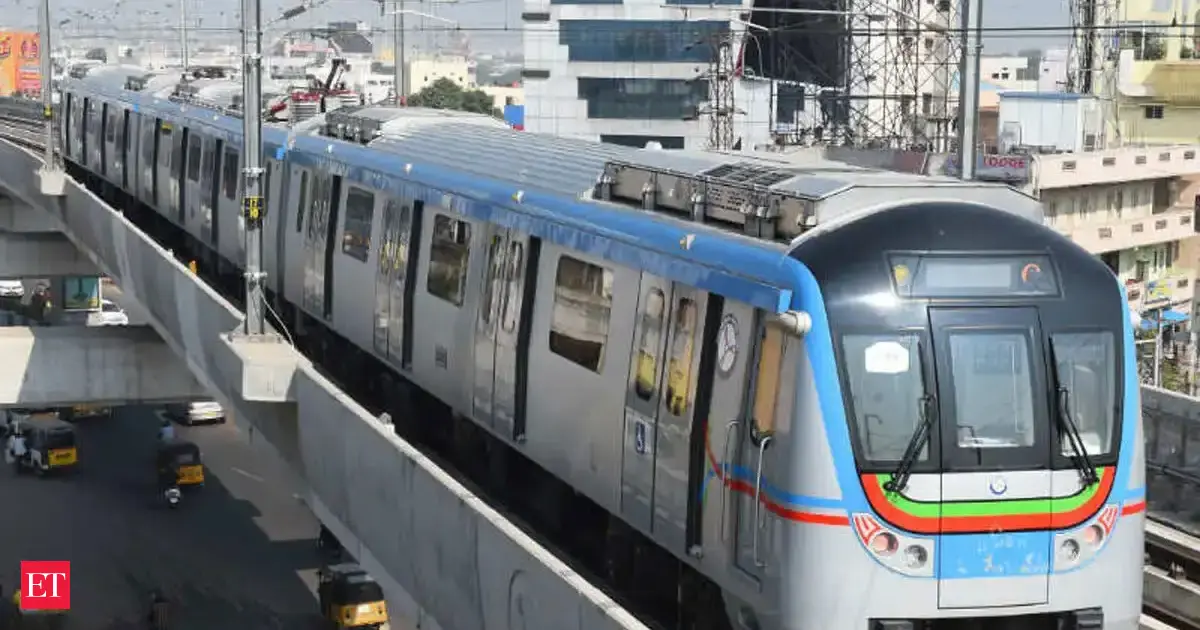By Jonathan Prynn
Copyright standard

It’s a mid-week evening in Mayfair, outside one of London’s hottest new restaurant openings. A man emerges from the rammed dining room, shakes his head ruefully and mutters to a friend: “I can’t believe I’ve just dropped two-and-a-half thousand pounds on wine on a Wednesday night.” For all the undoubted smorgasbord of challenges facing the capital’s beleaguered hospitality sector — ranging from soaring food inflation and construction costs to Rachel Reeves’s devastating National Insurance raid on employers — one fact remains. There is still money sloshing around London.
And much of it is finding its way into the dining rooms of Mayfair, Soho and Covent Garden. Indeed, after a tough five years — the pandemic era of lockdowns, followed by the cost-of-living crisis — there are tentative signs that something of a fine dining restaurant opening boom may even be under way.
According to Peter Harden, co-founder and editor of Harden’s London Restaurants guide, “gloomsterism” has been overdone this year. He reckons there have been nearly 150 new openings over the past 12 months; a net growth of 81, after closures are taken into account. This is the fifth highest total in the guide’s 35-year history — “more consistent with the start of a boom than the end being nigh”.
You have only to glance at the line-up of recent or planned openings over autumn and winter to appreciate just how vibrant the London restaurant scene remains, despite everything.
Big-name arrivals include Carbone, the buzzy New York Italian import that relieved our anonymous diner of so much of his money; the return of Simpson’s in the Strand under the polished guidance of Wolseley co-founder Jeremy King, and Lilibet’s, a new seafood restaurant in Mayfair’s 17 Bruton Street, the building where Queen Elizabeth II was born.
Many of gastronomy’s biggest hitters are making fresh commitments — and multi-million-pound investments — to new premises in a major, and perhaps surprising, vote of confidence in London’s future. Daniel Boulud, Angela Hartnett and Clare Smyth are among the Michelin-garlanded chefs all putting their faith in London with new openings.
And just as no rock band has really made it until they have cracked America, so no serious chef anywhere in the world can say they have arrived until they have their name above a door in central London. The allure and the challenge are still as strong as ever.
Ian Hawksworth, chief executive of landlord Shaftesbury Capital, which has almost 400 restaurant sites across Covent Garden, Seven Dials, Soho and Chinatown, says restaurateurs are still queuing up to find good locations. “The market’s been very busy,” he says. “My head of leasing said it was the busiest 12 months for new restaurants she had seen in 15 or 16 years.”
He reels off a list of launches on Shaftesbury’s patch, including Basque-inspired ALTA, opening in Kingly Court this week; two-Michelin-star chef Jordan Bailey’s smash burger establishment Heard opening today on Foubert’s Place; and Harry’s Covent Garden, the latest roll-out from Richard Caring.
Ross Shonhan, the chef restaurateur behind Lilibet’s, which opened this month after an investment of “several million pounds” said: “I think London remains one of the world’s most dynamic destinations. Regardless of economic turmoil, the demand for premium quality memorable experiences is still there. People will still spend big on special occasions. But things have to be well executed and that has pushed the industry to work harder.”
While the headlines have all been about the wealthy Londoners fleeing Keir Starmer’s high-tax Britain, there are still plenty of big-spending visitors coming to the capital.
Rob Rose, restaurant director for three-Michelin-starred chef Clare Smyth, said the bumper timetable of “incredible events” in and around London, ranging from the Oasis concerts to Wimbledon, has helped generate lucrative business for restaurants.
Smyth, the owner of Core in Covent Garden, has two openings in the pipeline — a bistro in Chelsea, called Corenucopia, due to launch in November, and an as-yet-unnamed fine dining destination restaurant at the new Waldorf Astoria London Admiralty Arch arriving next summer. According to Rose “we were all on hold during Covid but people now say it is time to grow again, you can’t be on hold forever”.
Even so, this is not the 2000s, let alone the 1990s, and caution is still the watchword. Corenucopia will open only Wednesday to Saturday for dinner and Thursday to Sunday for lunch to keep a lid on staff costs. That’s not how things used to roll.
The five-star hotel boom in central London has been another huge driver of openings. The Chancery Rosewood, at the former US Embassy on Grosvenor Square, has five restaurants and bars already up and running, with more rumoured to be on the way.
The number of closures over recent years has also created opportunities as more sites come on the market. The lights will soon be back on at 43 Upper Brook Street, where the Roux dynasty held court for nearly six decades until Le Gavroche closed last year. The site was bought, perhaps inevitably, by Gordon Ramsay. Matt Abé, formerly of Restaurant Gordon Ramsay, will open Bonheur by Matt Abé this autumn.
But not everyone is completely sold on the upbeat story of revival. Gavin Hanly, co-founder of the Hot Dinners website, counts a current pipeline of 221 openings, respectable but slightly down on last year. “There’s been a lot of high-end restaurant openings,” he says. “But there’s been a lot of closures as well.”
London is nothing if not resilient and there is still no shortage of ambitious chefs and restaurateurs who want to leave their mark. As Shonhan puts it: “Some of the oldest restaurants in the UK are seafood restaurants, the likes of Wiltons, J Sheekey and Sweetings. If Lilibet’s could still be around with those three places in 100 years that would be brilliant.”
Ultimately, the punters will decide. But the dream to make it big in London has not gone away.



